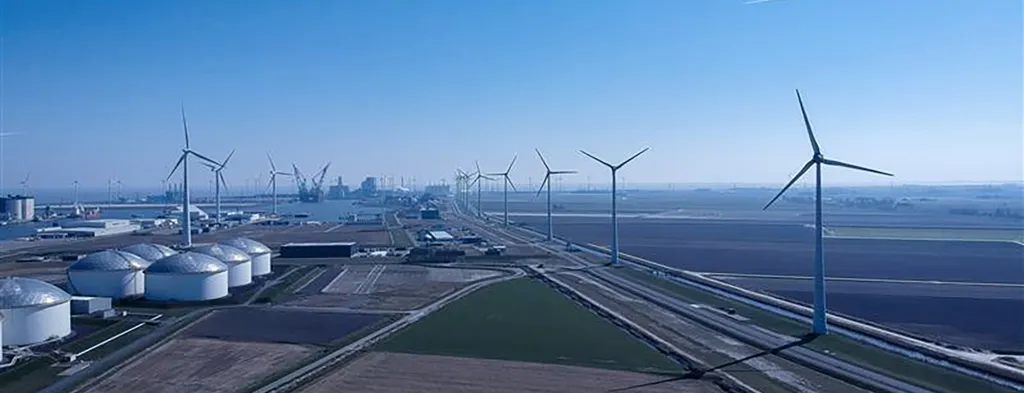In the heart of Germany, researchers at the Technische Universität Ilmenau are revolutionizing the way thin steel sheets are welded, a breakthrough that could significantly impact the energy sector’s quest for efficiency and reliability. Led by Dominik Walther from the Data-intensive Systems and Visualization Group (dAI.SY), this innovative approach leverages deep learning to actively adjust sheet positioning during laser beam welding, a process crucial for manufacturing components in renewable energy infrastructure.
Welding thin steel sheets is no easy task. Joint gaps often form during the process, leading to weld interruptions and rejects. This is particularly problematic in laser beam welding, where the narrow laser spot demands precise alignment. Traditional clamping devices, while effective, are rigid and require manual adjustments for different workpiece geometries. This inefficiency can be a bottleneck in high-volume production lines, such as those used in manufacturing solar panels or wind turbine components.
Walther and his team have developed a novel solution using deep learning to dynamically control the sheet position during welding. “The key challenge,” Walther explains, “is to predict and counteract the formation of joint gaps in real-time. Traditional methods struggle with this due to the complex, temperature-dependent behavior of the material.”
The researchers employed a temporal convolutional neural network (TCN) to analyze changes in the joint gap and predict the necessary force to adjust the workpiece position. Two linear actuators apply this force, actively manipulating the sheet position during the weld. This adaptive clamping system has shown remarkable results, improving the average weld seam length by 39.5% compared to static methods and 1.4% over constant force adjustments.
The implications for the energy sector are substantial. As the demand for renewable energy sources grows, so does the need for efficient and reliable manufacturing processes. This deep learning-driven approach could enhance the production of critical components, reducing waste and increasing output. Moreover, it opens the door to more complex and precise welding tasks, potentially enabling innovations in energy storage and transmission technologies.
The research, published in the Journal of Advanced Joining Processes, translates to English as the Journal of Advanced Joining Processes, marks a significant step forward in the integration of artificial intelligence and advanced manufacturing. As Walther notes, “This is just the beginning. We’re exploring how similar deep learning techniques can be applied to other joining processes and materials.”
The energy sector is poised on the brink of a technological renaissance, and advancements like this are steering the course. By harnessing the power of deep learning, manufacturers can overcome longstanding challenges, paving the way for a more sustainable and efficient energy future. As the world looks towards a greener horizon, innovations in welding technology may just be the spark that ignites the change.

